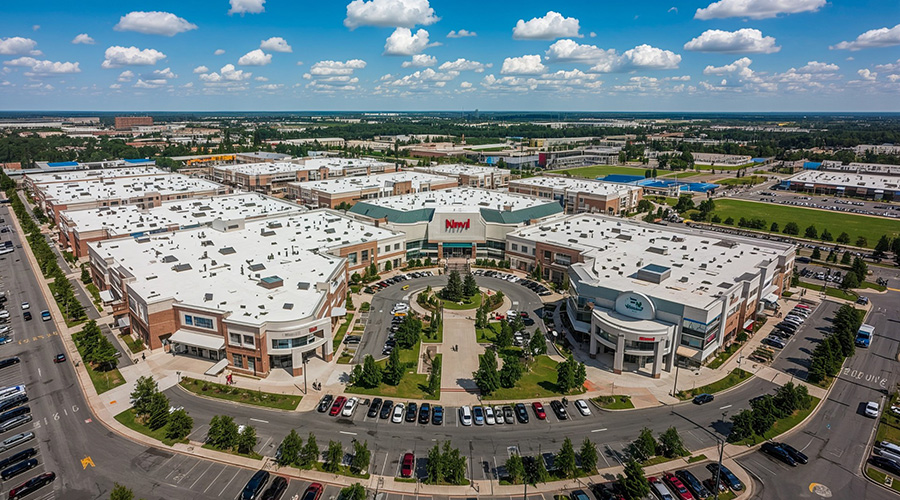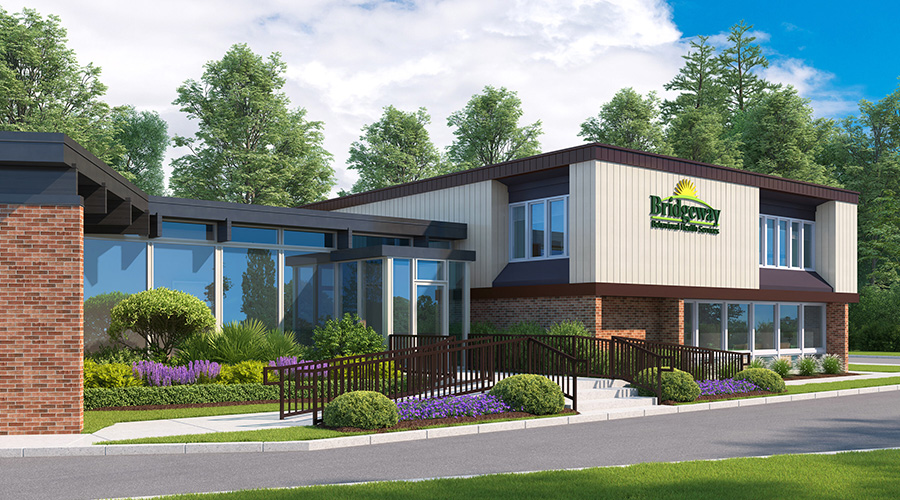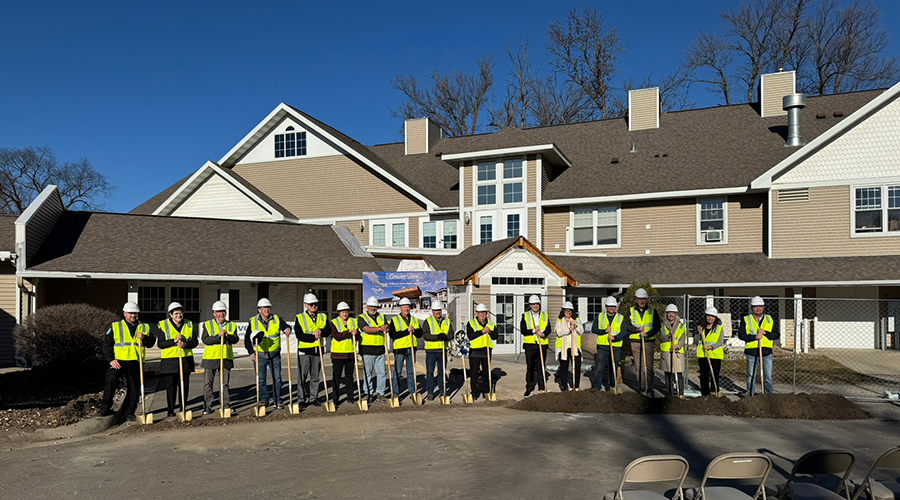Along with providing natural light and outside views, operable windows present a seasonal opportunity for natural ventilation. In a skilled nursing facility, operable windows allow the patient some control of their environment creating a more homelike setting. To ensure accessibility to people of all ages and abilities, complying with the Americans with Disabilities Act (ADA) is an essential concern.
Windows capable of meeting operating force and limited motion requirements of ICC/ANSI A117.1, “Accessible and Usable Buildings and Facilities,” must be specified. Accessible projected windows can be operated with one hand using a force of 5 pounds or less, to unlock, open, close and lock, without tight grasping, pinching or twisting of the wrist. The operable windows also must be located and detailed in a way that meets the “reach,” protrusion and approach area requirements for project-specific conditions.
Laboratory test methods for accessible, operable window products are outlined in American Architectural Manufacturers Association’s (AAMA) 513-12 “Standard Laboratory Test Method for Determination of Forces and Motions Required to Activate Operable Parts of CW and AW Class Operable Windows, Sliding Glass Doors and Terrace Doors in Accessible Spaces.” This document addresses the necessary window-specific testing provisions, such as sampling, test equipment, allowable performance reductions and methodology.
In addition to natural ventilation, operable windows provide the option of venting smoke and aiding egress in the rare instance of a fire. Operable windows provide a backup for smoke evacuation in the case of an engineered smoke control system failure and may alleviate dangerous glass breakage for firefighters to conduct emergency evacuation from the exterior.
High-performance window systems also can assist with energy efficiency. Thermally broken frames with triple insulating glass provide enhanced energy performance and condensation resistance. Integral between-glass blinds reduce solar heat gain, offer occupants daylight control and privacy, and minimize maintenance. The combined qualities of natural light, outside views and thermal performance may aid buildings seeking certification under such programs as the U.S. Green Building Council’s LEED Green Rating System.
Lisa May, LEED Green Associate, is the health care market manager for Wausau Window and Wall Systems.

 Healthcare Is the New Retail
Healthcare Is the New Retail Bridgeway Behavioral Health Services Launches Campaign to Renovate Health Center
Bridgeway Behavioral Health Services Launches Campaign to Renovate Health Center Ground Broken for New North Dakota State Hospital
Ground Broken for New North Dakota State Hospital AI Usage for Healthcare Facilities
AI Usage for Healthcare Facilities Ground Broken on Pelican Valley Senior Living Modernization Project
Ground Broken on Pelican Valley Senior Living Modernization Project